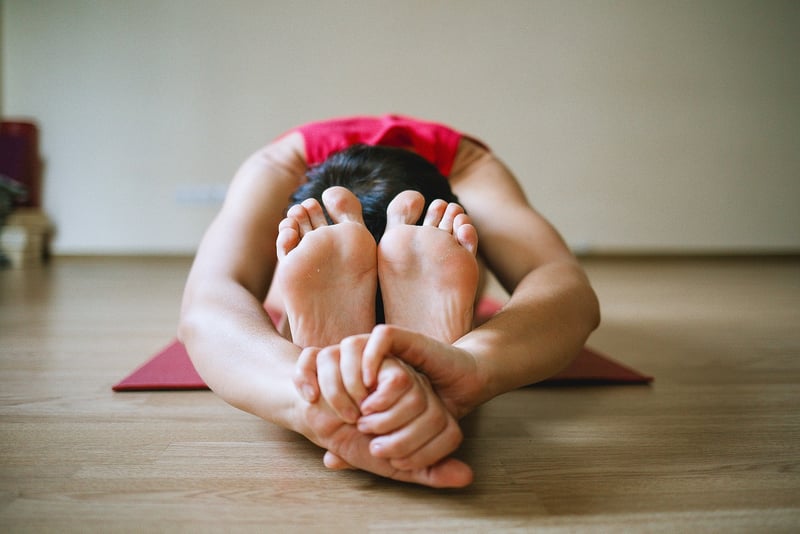Feldenkrais Method
Healing through Intentional Body Movements with the Feldenkrais Method

Our bodies possess an incredible ability to heal themselves when given the right tools and techniques. One such powerful method is the Feldenkrais Method, a holistic approach that focuses on improving movement and enhancing physical function through awareness and intentional movements.
What is the Feldenkrais Method?
Developed by Dr. Moshe Feldenkrais, the Feldenkrais Method is a somatic educational system that aims to increase self-awareness and explore movement patterns to improve posture, flexibility, coordination, and overall well-being. This method is suitable for people of all ages and physical abilities.
Key Principles of the Feldenkrais Method
- Awareness: By bringing attention to how we move, we can uncover inefficient patterns and make positive changes.
- Gentleness: Movements in Feldenkrais are performed slowly and gently, emphasizing comfort and safety.
- Variability: Exploring a wide range of movements helps the body discover new possibilities and break out of habitual patterns.
- Neuroplasticity: The brain has the ability to reorganize itself, allowing for improved movement and function through focused practice.
Benefits of the Feldenkrais Method
Practicing the Feldenkrais Method can lead to a myriad of benefits, including:
- Improved posture and alignment
- Enhanced flexibility and coordination
- Reduced muscle tension and pain
- Increased body awareness and mindfulness
- Enhanced performance in daily activities and sports
Experience the Healing Power of Intentional Movements
Whether you are recovering from an injury, looking to enhance your movement abilities, or simply seeking a greater connection with your body, the Feldenkrais Method offers a gentle yet profound way to tap into your body's innate healing potential.
Embark on a journey of self-discovery and transformation through intentional movements with the Feldenkrais Method today!

Find out more about the Feldenkrais Method and start your healing journey here.
